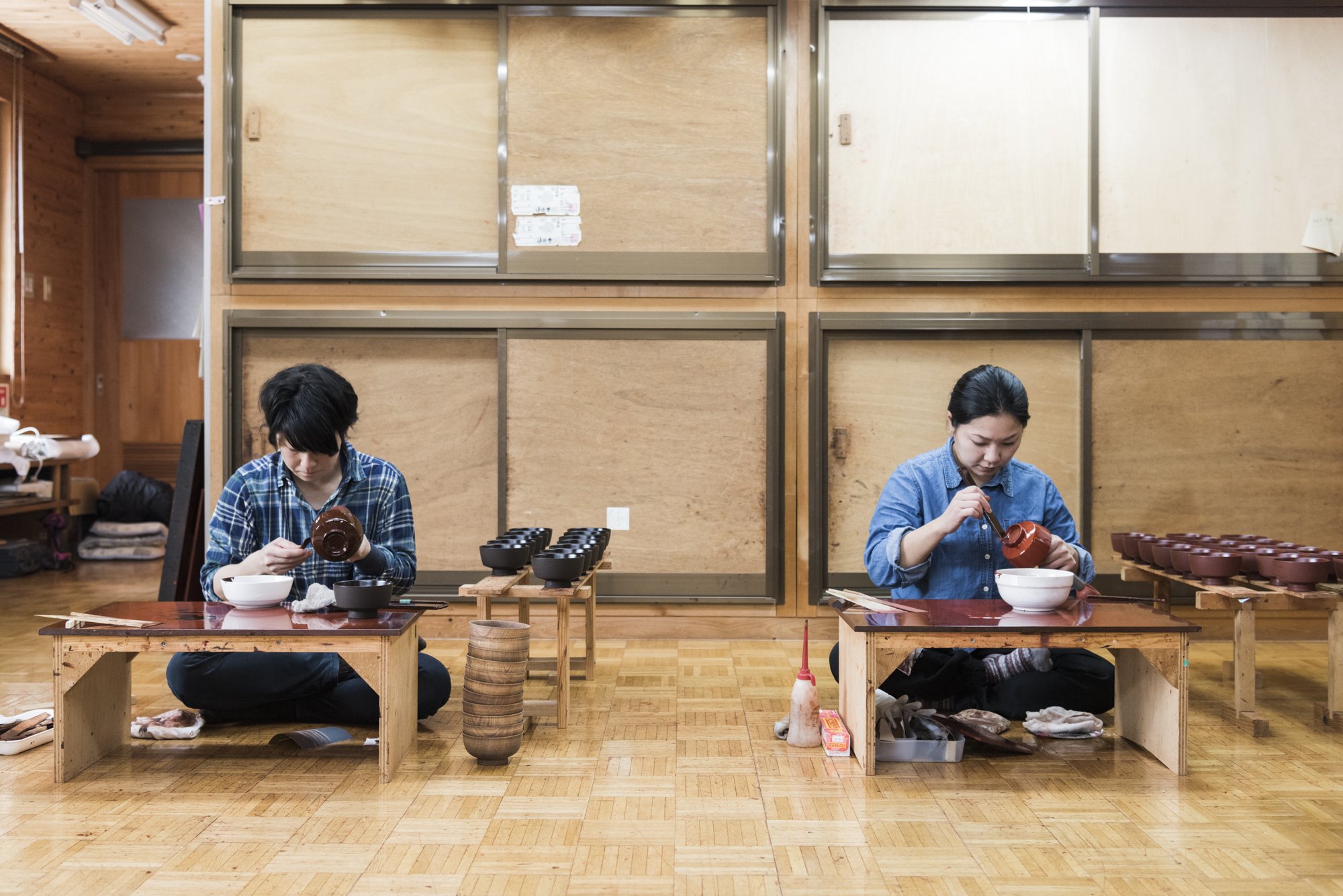Laura Patishtan Jimenez: El Camino de los Altos
El Camino de los Altos and the Mayan Weavers of Chiapas
In the mountains of rural Chiapas, 120 Mayan women from five local municipalities weave a world of enchantment. Home to twelve indigenous groups, the Chiapas region of Mexico is renowned for its dynamic and vibrant textile tradition. Here, each village is distinguished by its own woven colors and patterns that together form the region’s panoply of unique symbolic languages. Long involved with and inspired by the incredible diversity and artistry of the Chiapatecan textiles, French textile designer Veronique Tesseraud gathered a group of seven designers and began working hand in hand with Mayan weavers in an effort to both preserve their ancestral art and improve their living conditions.
El Camino de los Altos is no ordinary weaving cooperative. Over the past fifteen years, each of the French designers involved has spent significant amounts of time living amongst the weavers and learning the intricacies of their techniques and traditions. The resulting designs draw inspiration from the visual language and particular heritage of a specific village. They also work to establish a color palette that will afford them the freedom to choose their own color combinations for certain designs, thereby giving each weaver the opportunity to infuse their work with a unique voice. Though the French and Mayan women come from starkly different backgrounds, “as textile designers, we all speak the same language in front of the cloth,” remarks El Camino de los Altos co-founder Maddalena Forcella, “and that is very important.”
Beyond these collaborations, the ultimate goal of the cooperative’s founders is for the initiative to be self-sustaining. The center in San Cristobal houses foot looms, sewing machines, and computers for the women to learn how to manipulate textile design software. The center has also worked to train women with entrepreneurial skills and is currently seeking grants to enable them to provide their entire weaving community with language and writing skills. But it is not only the weavers that el Camino seeks to educate. “Our biggest challenge is to teach the public to appreciate this quality of weaving not merely as handicraft but as true art,” explains Maddalena. design software.









